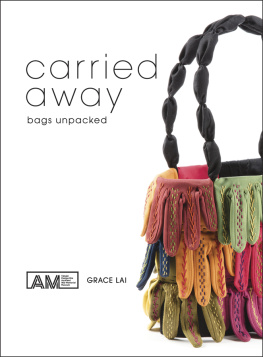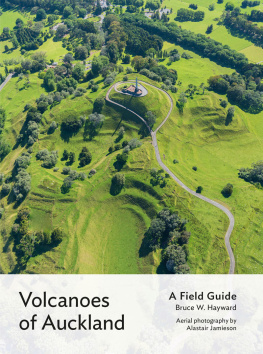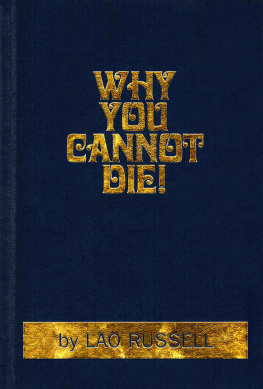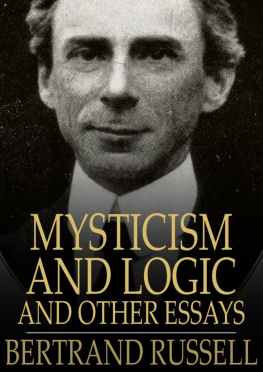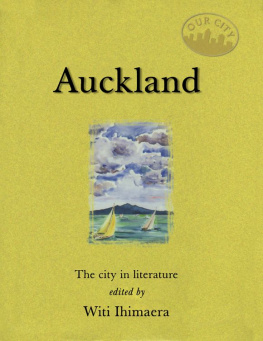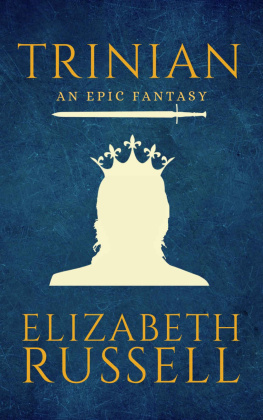Dedicated to Lindo, John M.S. and John R.L.
AJHR Appendices to the Journal of the House of Representatives
AML Auckland Institute and War Memorial Museum
APL Auckland Public (now City) Libraries
ATL Alexander Turnbull Library
BPP ColsParliamentary Papers of Great Britain, Colonies
CMS Church Missionary Society
DNBDictionary of National Biography
DNZBDictionary of New Zealand Biography
DSCDaily Southern Cross
FOJ Fentons Orakei Judgment
IUP Irish University Press
J. of Ak. His. Soc. Journal of the Auckland Historical Society
JPSJournal of the Polynesian Society
NLC Native (Maori) Land Court
NZA&BAIGNew Zealand Advertiser and Bay of Islands Gazette
NZHNew Zealand Herald
NZJHNew Zealand Journal of History
OHNZOxford History of New Zealand
OLC Old Land Claims
OMB Orakei Minutebook
Rec. of Ak. Inst. & Mus. Records of the Auckland Institute and Museum
WaiWaitangi Claim
Many people have contributed to this book. Their help has sometimes taken a material form. Certainly the book would not have been written but for the encouragement and financial assistance of the Sir John Logan Campbell Trust. Grants from the Trust enabled me to go to Wellington to study archival records there, to follow on the ground the migrations of the Tamaki tribes during their years of wandering at the time of the Musket Wars, and to tread the battlefields such as Moremonui, Matakitaki, Te Ika-a-ranganui and Taumatawiwi, where the future of the Tamaki tribes was decided. The book owes much to the generosity of the Trust, whose members never doubted that a work dealing with pre-1840 Maori (so admired by Logan Campbell) must go ahead. To the Trust I offer my sincere thanks. I also wish to record my considerable indebtedness to the Historical Branch of the Department of Internal Affairs whose Trustees, at a crucial stage of my work in 1999, awarded a generous grant-in-aid for my research.
I was fortunate once again to have the Auckland University Press as my publishers. The director, Elizabeth Caffin, acted as my copy editor and steered this book through to final publication. Her staff, Annie Irving, Christine OBrien, Katrina Duncan, in their various ways were particularly helpful. Another University colleague, Louise Cotterall of the Geology Department, converted, at short notice, my crude sketches into outstanding maps.
Once again I am indebted to libraries and repositories, mainly in Auckland, and to the staffs of those institutions who alerted me to resources of which I was initially unaware and when I began to use those resources, patiently answered my enquiries.
I acknowledge the help of the Kinder librarian of St Johns Theological College, Judith Bright, and her deputy Helen Greenwood. I spent many fruitful hours in that library, so unexpectedly rich in its resources of early nineteenth-century publications about New Zealand. I also wish to thank the staff of the Auckland War Memorial Museum Library. Readers of this book will soon become aware of how constant has been my use of the papers of George S. Graham, that avid collector of the folklore of the Tamaki tribes, which are housed there. The usefulness of these papers was greatly enhanced by the meticulously annotated in ventory of the collection both there and in the Auckland City Library, which was completed by Jenifer Curnow in 1994. Jenifer also answered a number of questions on Maori life and language when I periodically turned to her. Professor Roger Neich, ethnologist of the museum, latterly gave diligent guidance on the museums artefacts, which I here most gratefully acknowledge.
I am greatly indebted to the staff of the New Zealand and Pacific section of the Auckland University Library. Stephen Innes and his team were ever ready to place at my disposal those items of the so-called Glass Case to which I constantly turned. I particularly wish to thank John Laurie, who frequently brought to my attention Native Land Court cases relevant to Tamaki, and who guided me to their associated minute books, generally preserved on microfilm.
I was fortunate, too, to be able to avail myself also of the unusual riches of the Auckland City Library: its early New Zealand publications and manuscripts, its maps and extensive pictorial material. I should like to pay tribute to the helpfulness of the whole staff on the heritage floor of that library, particularly thanking those with whom I dealt most closely: Donald Kerr, Georgia Prince, Elspeth Orwin and David Verran.
Rather more than the History Department of the University of Auckland may have realised, it too contributed to this publication. Successive departmental heads, Professors Nicholas Tarling, Raewyn Dalziel, and Barry Reay, indulgently provided me with an emeritus professors room and access to the departments facilities, in the process enabling me to encounter the minds of youthful, up-to-date historians. For these privileges I thank the History Department.
During the writing of this book, I have learned that a warming characteristic of those who have worked in the field of Auckland prehistory is their generosity. In the first year of my research I turned to three knowledgeable people for guidance: David Simmons, Susan Bulmer, and Agnes Sullivan. David patiently shared with me his decades of experience as an ethnologist; all questions, however banal some may have appeared to him, resulted in a courteous, considered answer. And then there was the good advice and instruction of anthropologist Sue Bulmer, who has an enviable reputation (based on field studies) for knowledge of the use to which Maori put the volcanic fields of the region, and of their associated patterns of farming and settlement. It was typical of her helpfulness that, unheralded, she should have turned up at my home one afternoon bearing a boxful of her publications and papers which she gave for my permanent use. Agnes Sullivan of Christchurch is a byword among academics as a researcher into the prehistory of Tamaki. On my first three draft chapters, she gave tactful advice and correction. In the later stages of my research I plied with questions my schoolfellow of years gone by, the late Professor Bruce Biggs, benefiting thereby from his deep understanding of Maori culture and language. Dr Barry Rigby of the Waitangi Tribunal also helped as my investigations approached 1840. I particularly valued his advice and the papers and maps which he proffered dealing with Fairburns Old Land Claim and the Crown Purchase of Mahurangi. Of course, errors and shortcomings in what I have written cannot in any way be attributed to these people whom I have named above. Mine is the sole responsibility.
Three people have made unusual contributions to this book. The first is Lindo Ferguson. Over many years, while holding high office in the University of Auckland and the City Council and, more recently, while acting as the chairman of the Campbell Trust, Lindo has held an enduring brief for the cause of Auckland history. From Tamaki-makau-rau to Auckland is the fruit of his encouragement. Secondly, I wish to express a special word of thanks to John Stacpoole. John has been researching, writing and lecturing on Aucklands history for over forty years, a formidable background indeed. He carefully read, and advised on, the manuscript of this book. His sage advice on content and style I valued highly. John Lauries contribution to this book (which I mentioned earlier) is incalculable. Over the last three years, I discussed most aspects of my research with him. He, imperceptibly, assumed the role of friendly remembrancer, calling to my mind (as a skilled librarian of anthropological and Maori studies) sources I might otherwise have overlooked, or formulations where he considered I might possibly have given a mistaken emphasis. To these three men I have dedicated this book.





